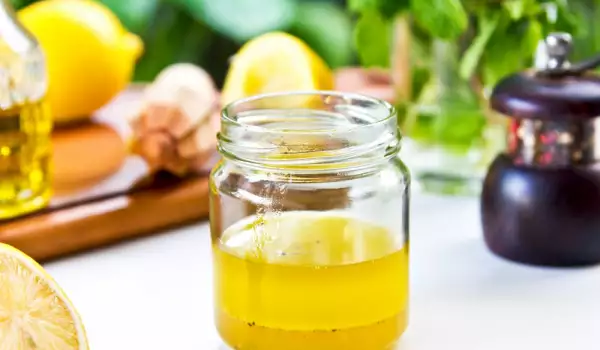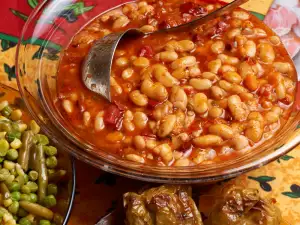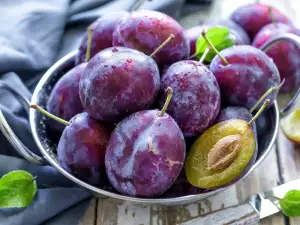The most basic formula for making a salad vinaigrette is one part vinegar mixed with three to four parts oil. You can use one tablespoon apple cider vinegar and three tablespoons olive oil.
Salt and black pepper are often added to the vinaigrette. Herbs and shallots are also often added, especially when used for cooked vegetables or grains. Sometimes mustard is used as an emulsifier and to add flavor.
Choice of Oil
Use an oil of your choice to make your vinaigrette. The best choice is the fine extra virgin olive oil you just bought from the farmers market. You can also use walnut oil, coconut oil, avocado oil, or any oil you prefer.
Be careful using oils with very strong and intense flavors, such as some nut oils and extra virgin olive oils.
You may like the taste of these oils on their own, but sometimes they can overpower the delicate flavors of the fresh vegetables in the salad. Try using a strongly flavored oil for half the fat in the dressing and a milder oil like regular olive oil for the other half.
Choice of Vinegar
The same rule applies to salad vinegar: Choose a flavor you like. Apple cider vinegar, red wine vinegar, white wine vinegar, rice vinegar and balsamic vinegar are good for making vinaigrettes. You can also use freshly squeezed lemon, lime or other citrus juices. Avoid plain distilled white vinegar. It has a very strong, sharp flavor that doesn't usually do very well in vinaigrettes.
With a well-prepared vinaigrette with the right proportions of salad vinegar and salad oil, you can prepare a delicious:
- potato salad;
- tomato salad;
- fish salad.



















Comments